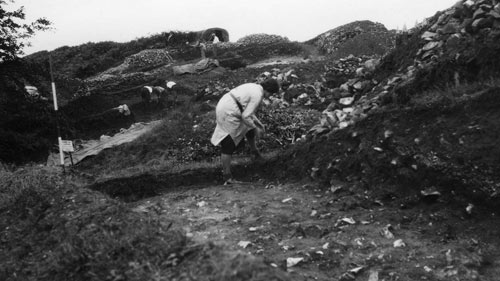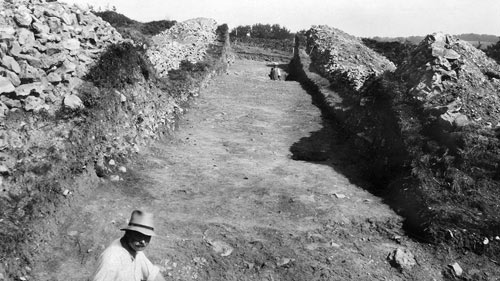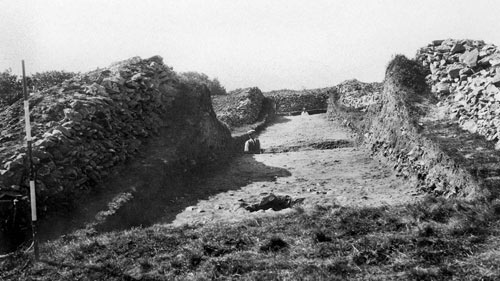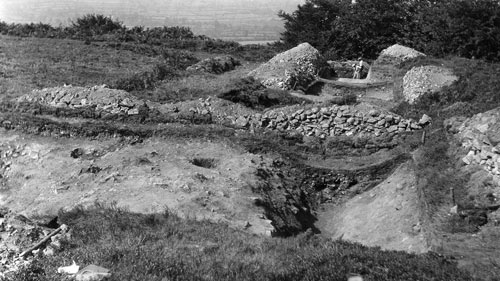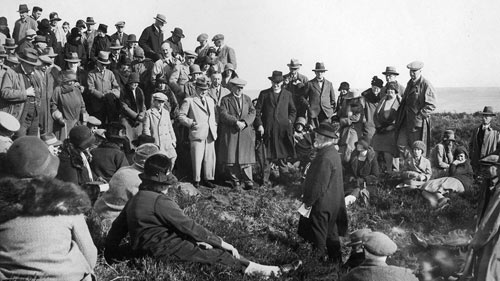site history
Hembury fort stands at the end of a spur projecting boldly southward from the main plateau of the Blackdown Hills. It is defended and protected on three sides by steep natural slopes, leaving only a narrow neck of level land on the north. The earthworks you see today date from the Iron Age, but the hilltop was first occupied during the Neolithic when a causewayed enclosure was constructed (c. 3500BC). After the Iron Age, the hilltop was briefly occupied by the Roman military. Its location was almost certainly chosen for its natural defensive qualities and the views across the Otter Valley.
Hill forts are found across Britain and western and northern Europe. Some are of a simple form, others were surrounded by multiple circuits of large banks and ditches, some of which remain complex and elaborate. Other good examples of hill forts include Maiden Castle and Hambledon Hill, both in Dorset.







